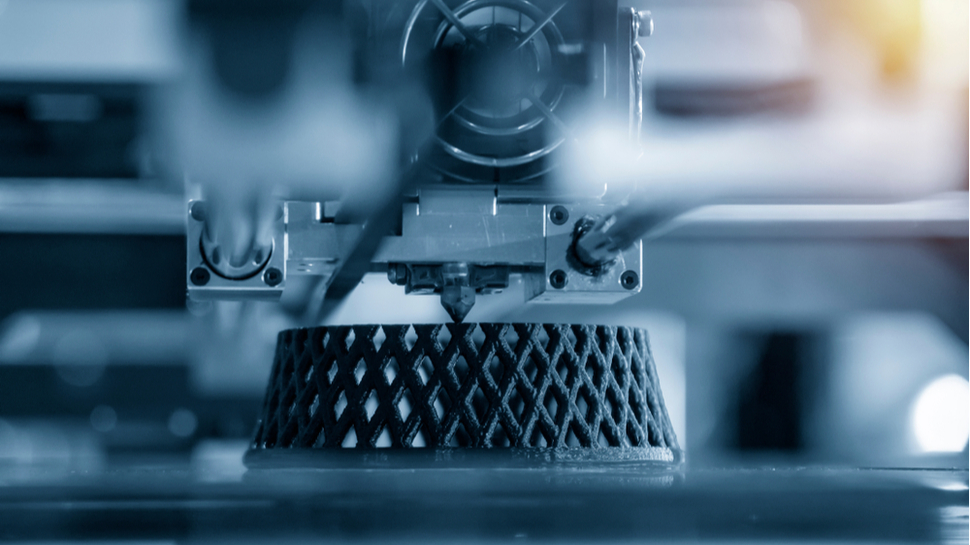The pandemic presented a unique opportunity for 3D printing to assert itself as a robust manufacturing technology, according to a new survey.
Based on a poll of 1,900 respondents from across the globe, the State of 3D Printing report from Sculpteo provides insight into emerging trends in the industry.
According to the survey, 30% of businesses reported an increase in 3D printing operations in direct response to the pandemic.
“3D printing has shown its capabilities as a real manufacturing technology through the lens of the COVID-19 pandemic,” said Clément Moreau, CEO and co-founder of Sculpteo.
“Beyond this support for crippled supply chains which allowed for rapid production of critically needed parts, 3D printing continues to grow its presence in a wide variety of industries and applications.”
Strength to strength
Building on the use of 3D printing during the pandemic, the report notes that 23% of the respondents invested more than $100,000 in the technology last year.
While the majority of respondents (52%) still use 3D printing for end-use mechanical parts, a healthy 27% use it for end-use consumer goods, which Scuplteo claims is a reflection of how far the technology, materials, and post-processing solutions have come.
At the same time, the firm also notes that 3D printing materials are key to unlocking the potential of the technology in manufacturing, with 72% pointing to strength as the most important property of a material.
The report also gestures towards the maturation of the 3D printing industry, with 66% of respondents having more than three years of experience with 3D printing and 26% using it daily.





